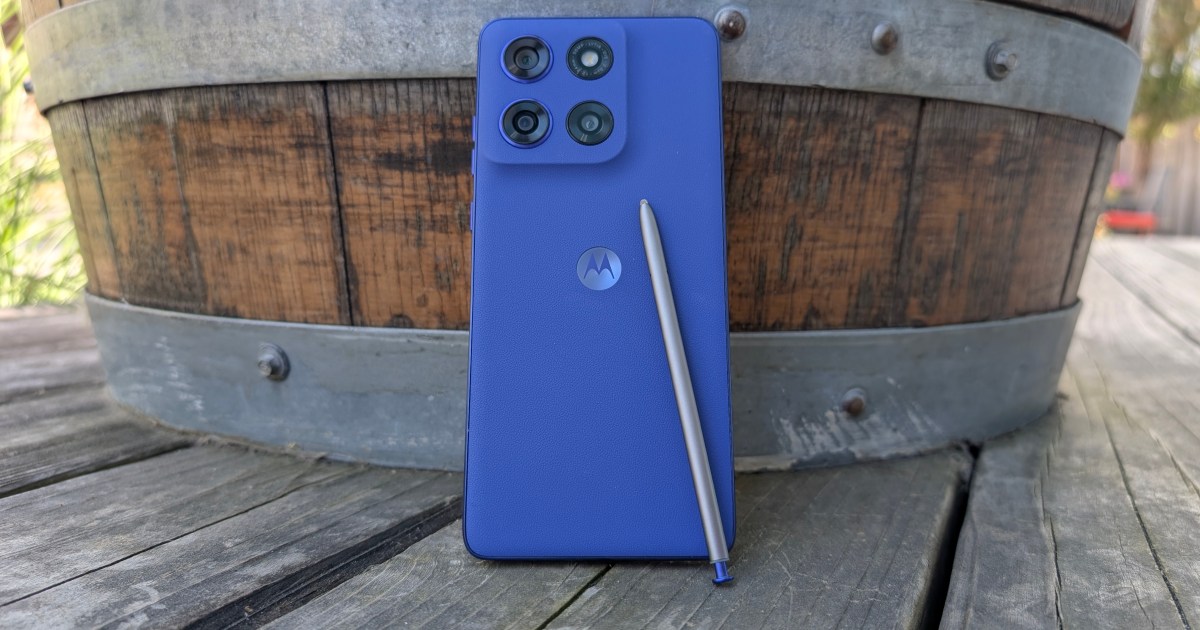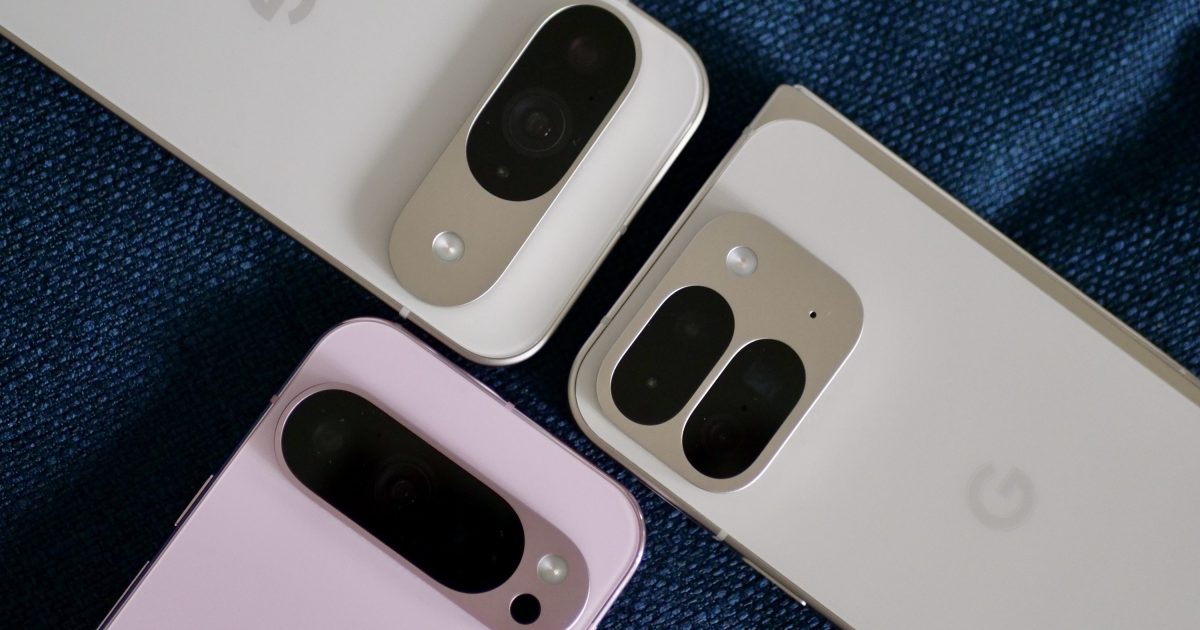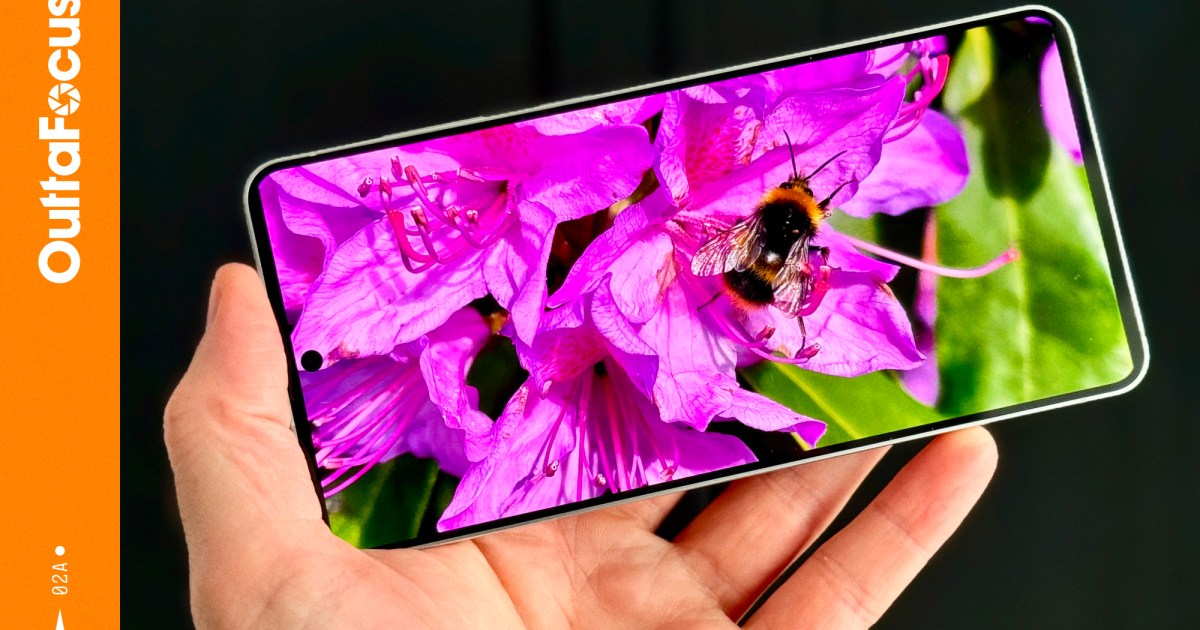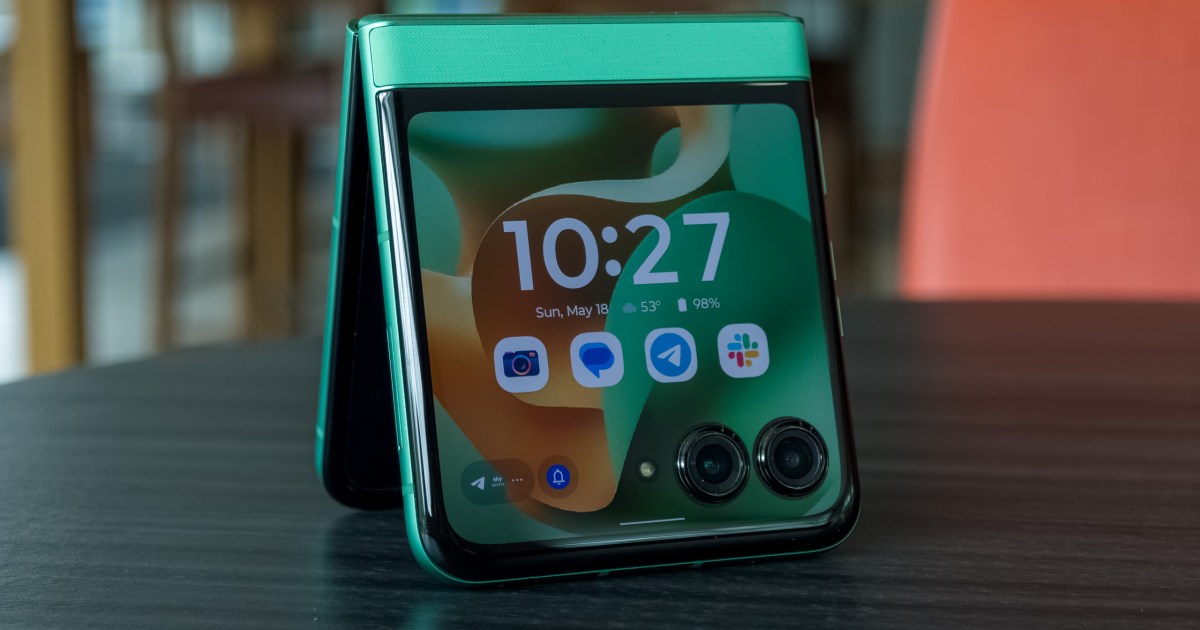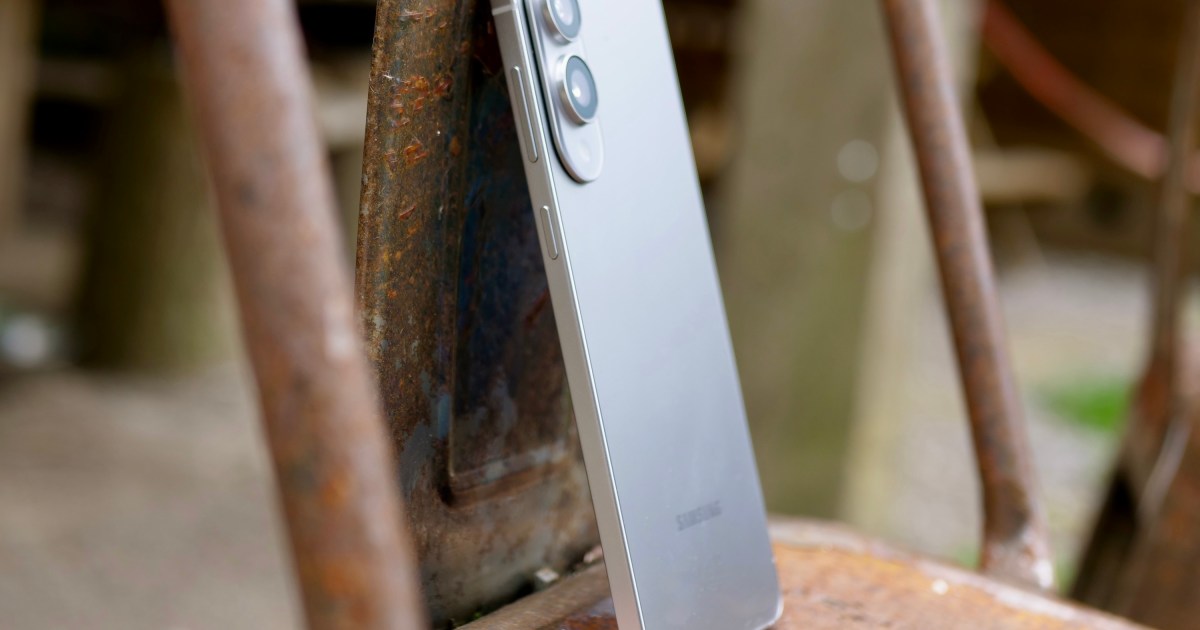One of my daily struggles is organizing ideas cohesively into a single place. It’s a challenge shared by my sister, who delves into machine learning research projects at the intersection of dental science. My youngest sibling, an educator, has more teaching material folders on her desktop than I have the patience to count. For us, collecting segments of learning or research material, sources, and nuggets of notes, and then making cohesive sense of them is a significant chore. After trying my fair share of organization tools and productivity shortcuts, I finally landed on Google’s NotebookLM last year. Yes, it’s powered by a lot of AI. And no, it won’t overwhelm you with the burden of fabricated facts or AI hallucinations. Unlike a chatbot like Gemini or ChatGPT, the NotebookLM app can work solely with your own materials. Then it does much more. It can transform your haphazard materials into well-drafted documents, create a mind map, and even generate a podcast out of them. You can even interrupt the two AI hosts while they discuss your written ideas, as if it were a two-person news panel.
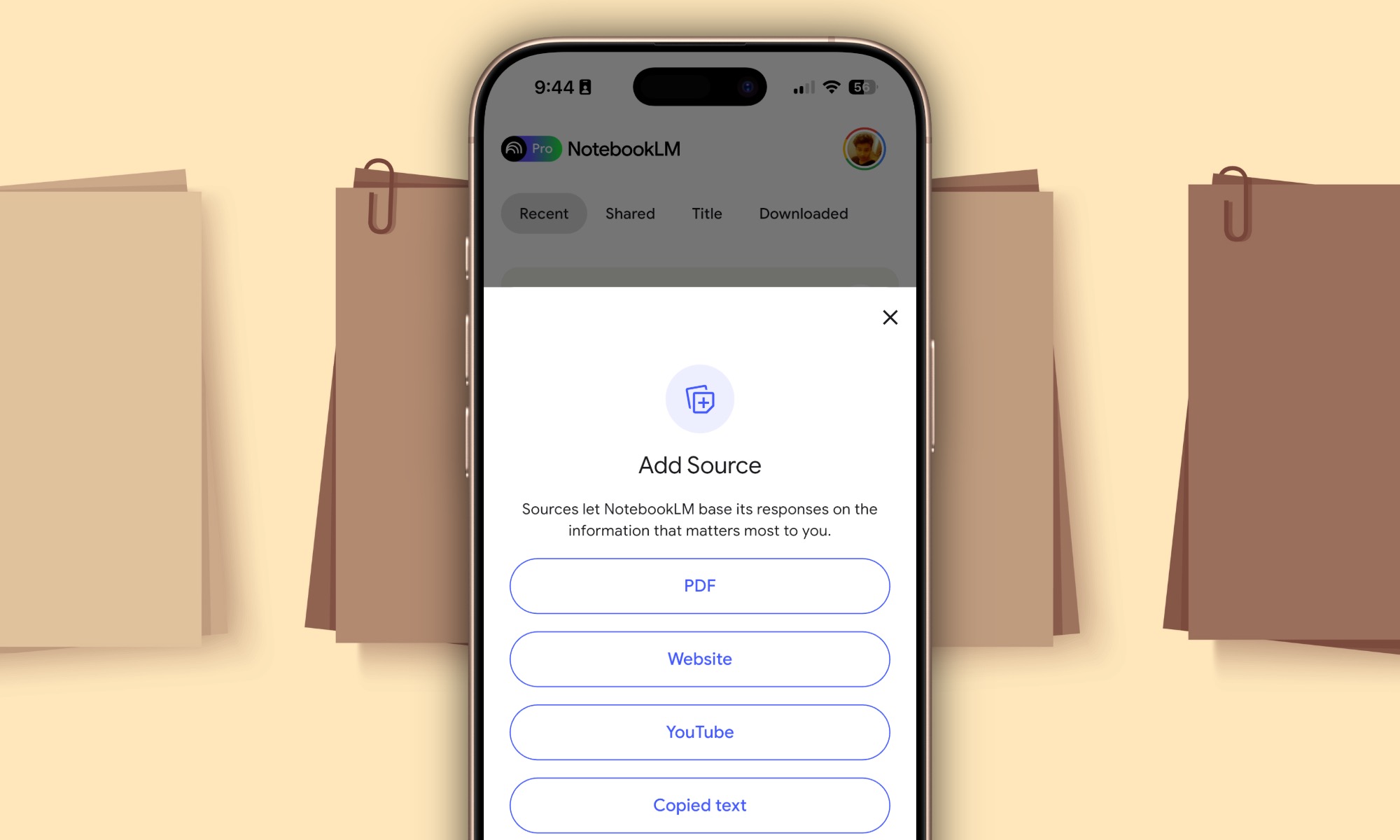 User adding a source document to Google's NotebookLM app on an iPhone screen, illustrating its information organization capabilities.
User adding a source document to Google's NotebookLM app on an iPhone screen, illustrating its information organization capabilities.
So far, NotebookLM has remained exclusive to the web platform, which made accessing it via a phone somewhat cumbersome. However, on the eve of Google I/O, the app finally landed on mobile. And even though it still has a few gaps to fill, it can already do a lot more than an average note-taking app. Far more, to be fair.
Getting Started with the NotebookLM App
The mobile version of the NotebookLM app is fairly basic at first glance. You might call it barebones, or perhaps an intentional move by Google to keep things simple and focused. You begin by creating a “notebook,” which then allows you to add your source materials. This can be a PDF stored on your phone, a YouTube video, a web article, or even text copied directly from your clipboard.
 Screenshot of the NotebookLM app interface on an iPhone, displaying a list of uploaded source materials for an AI research project.
Screenshot of the NotebookLM app interface on an iPhone, displaying a list of uploaded source materials for an AI research project.
Once the notebook has been created and populated with your sources, the app processes all the information and stands ready to answer your questions. These queries can be hyperspecific or quite broad. For example, I uploaded about half a dozen research papers and market analysis reports discussing the impact of tariffs on the graphite supply and their direct effect on the global EV industry. My broad requests usually involve asking NotebookLM to turn all the source material into a short article for a quick overview. However, the NotebookLM app can also handle needle-in-the-haystack queries with impressive precision, and crucially, with proper citations. For instance, when I asked it about the country that would be the worst hit by these tariffs, it provided an accurate answer, complete with additional context.
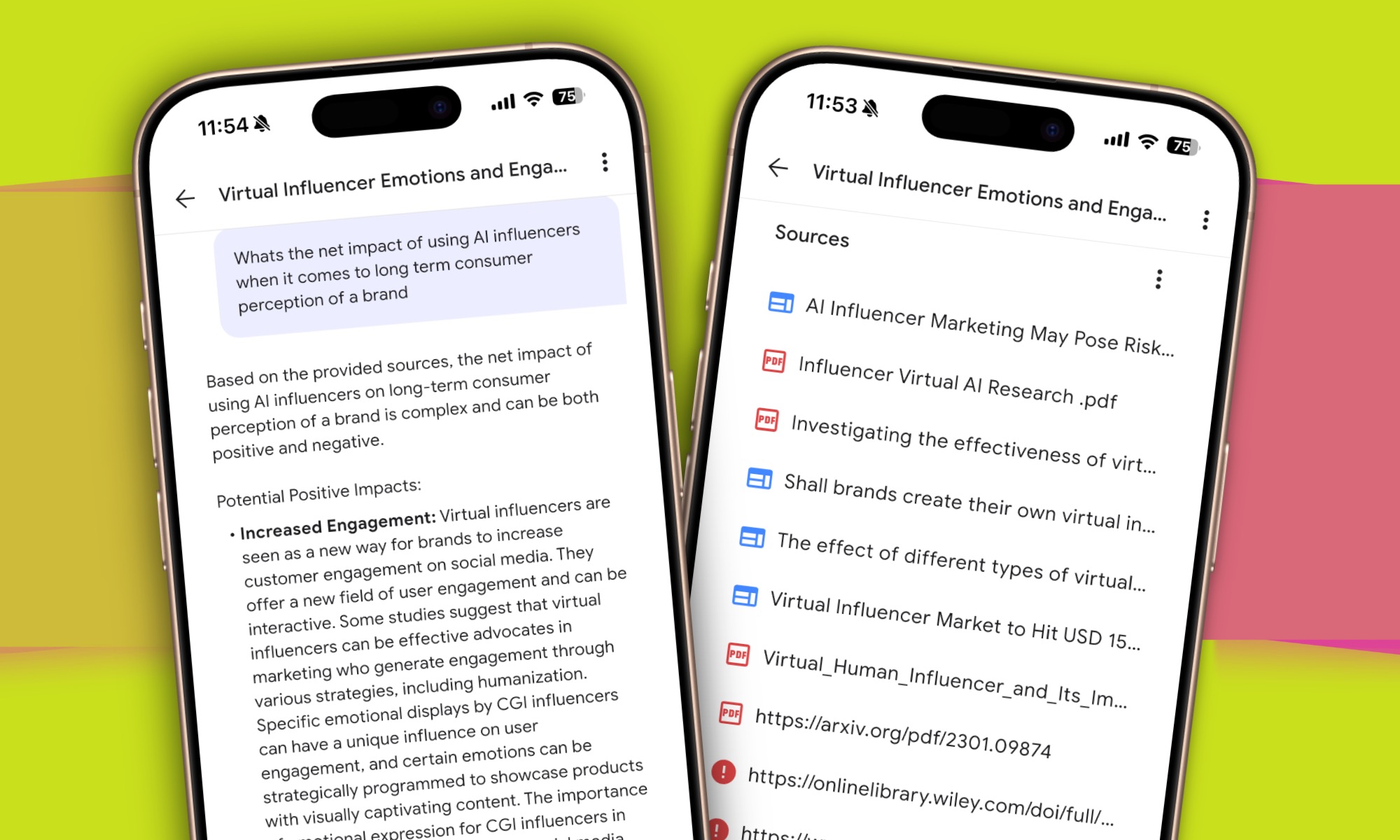 Interacting with the Google NotebookLM app on an iPhone, asking a specific question based on uploaded research papers to test its AI Q&A feature.
Interacting with the Google NotebookLM app on an iPhone, asking a specific question based on uploaded research papers to test its AI Q&A feature.
The best part? It links directly to a specific section in the source material (which opens as a pop-up window), allowing you to instantly verify if the AI pulled up the correct information. In my tests, the knowledge extraction has mostly been on point. The AI’s comprehension can occasionally be thrown off by highly metaphorical content, such as poetry, but for factual and research-based material, it excels. You can continuously add more sources to an existing notebook, and the AI will accordingly summarize and tweak its responses based on the fresh learning material. Finally, in the bottom bar, you have the Studio section, which houses the podcast generation feature – but more on that later.
Bridging the Gaps: Mobile App vs. Web Version
Now, it’s important to note that the NotebookLM mobile app is missing a few features currently available on the more mature web version. For example, you can’t directly add your own typed ideas into the notebook and have them treated as a source within the mobile app. A practical workaround for this is to save your note locally as a PDF and then import that PDF file into the NotebookLM app.
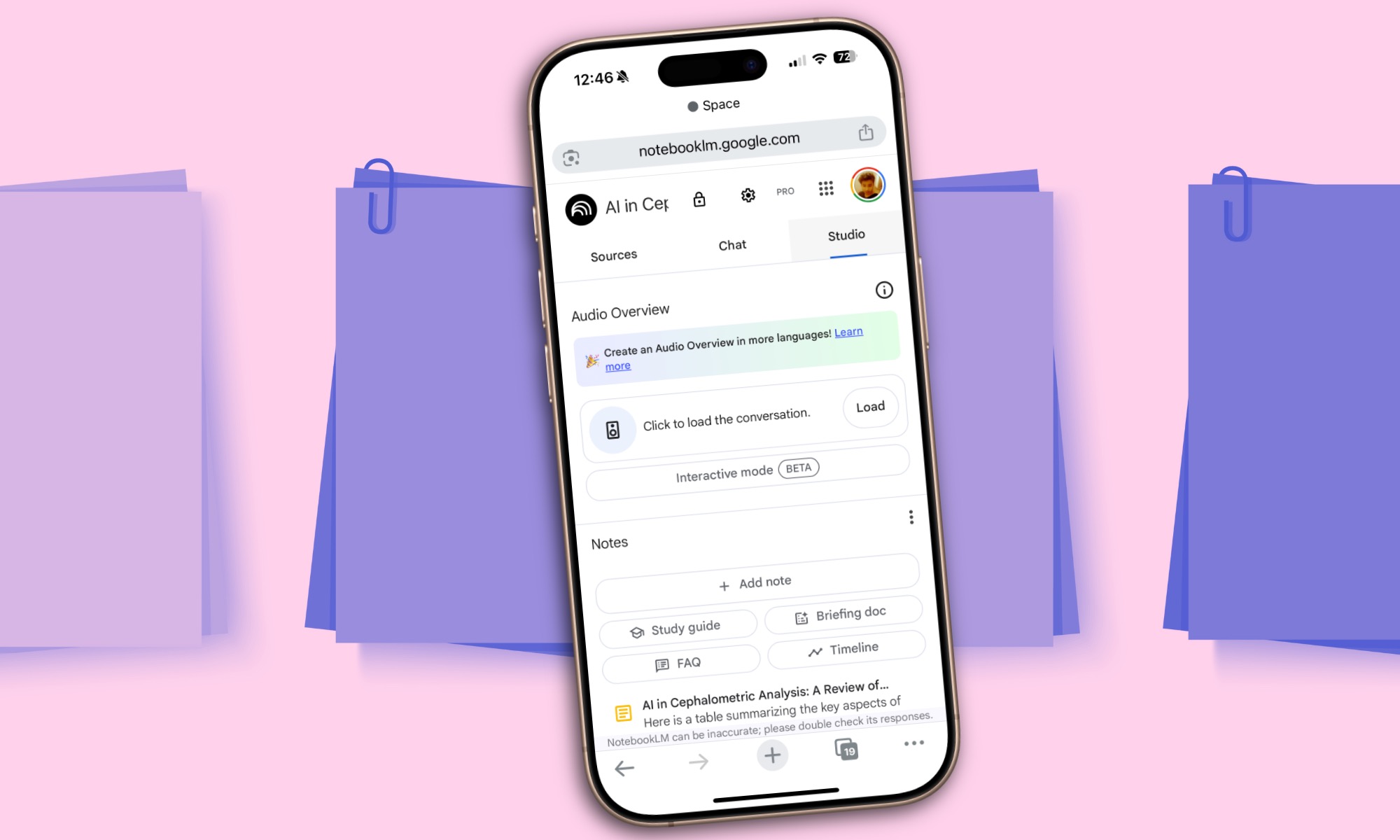 The web interface of Google NotebookLM displayed on a laptop screen, showcasing features like mind maps and document conversion not yet on mobile.
The web interface of Google NotebookLM displayed on a laptop screen, showcasing features like mind maps and document conversion not yet on mobile.
One of the most intriguing features of NotebookLM on the web is its ability to create mind maps, but these are also currently absent from the mobile app. Likewise, you can’t customize or adjust the length of generated podcasts directly within the app. Finally, options for generating specific document types like study guides, briefing docs, FAQs, and timelines are also a no-show on mobile.
 A mind map generated by NotebookLM, viewed on a smartphone, demonstrating a visual organization feature accessible via the web version or mobile browser.
A mind map generated by NotebookLM, viewed on a smartphone, demonstrating a visual organization feature accessible via the web version or mobile browser.
Thankfully, you can accomplish all of this by using NotebookLM in a mobile browser. Once you’ve created an FAQ or a briefing document on the web version (even via your phone’s browser), you can simply add it as a source to your notebook with a single tap, and it becomes accessible within the mobile app. The only exception here is mind maps, as they are typically saved as PNG files, a format that isn’t currently supported for uploads on the mobile app. That image analysis trick is currently reserved for tools like Gemini, though I expect it to land on NotebookLM eventually.
The Power of AI Podcasts: NotebookLM’s Standout Feature
One of the most genuinely standout features of NotebookLM is its native AI podcast generation. You can simply upload all your source URLs, PDF files, and notes, and have the onboard AI generate a two-person conversational podcast for you. For someone like me, who stares at text throughout the day, these podcasts have made the process of learning and revision a tad more immersive and engaging.
 The Google NotebookLM app interface on an iPhone showcasing the AI podcast generation feature, turning source materials into an audio discussion.
The Google NotebookLM app interface on an iPhone showcasing the AI podcast generation feature, turning source materials into an audio discussion.
I recently had a discussion with my colleagues regarding prep work for an interview. It has happened quite often that despite prepping thoroughly in advance, I forget one or two of the key talking points. This time around, I processed the crowdsourced questions and my notes as an interactive podcast through NotebookLM, and the information left a much more lasting impression than it did as a regular list of bullet points.
But there is more to these AI-generated podcasts. You can even interrupt the AI hosts and ask them relevant questions about the topic being discussed. That is an underrated perk for two crucial reasons, especially in the current age of AI. First, you always know where the audio clips are getting their material from – your own trusted sources.
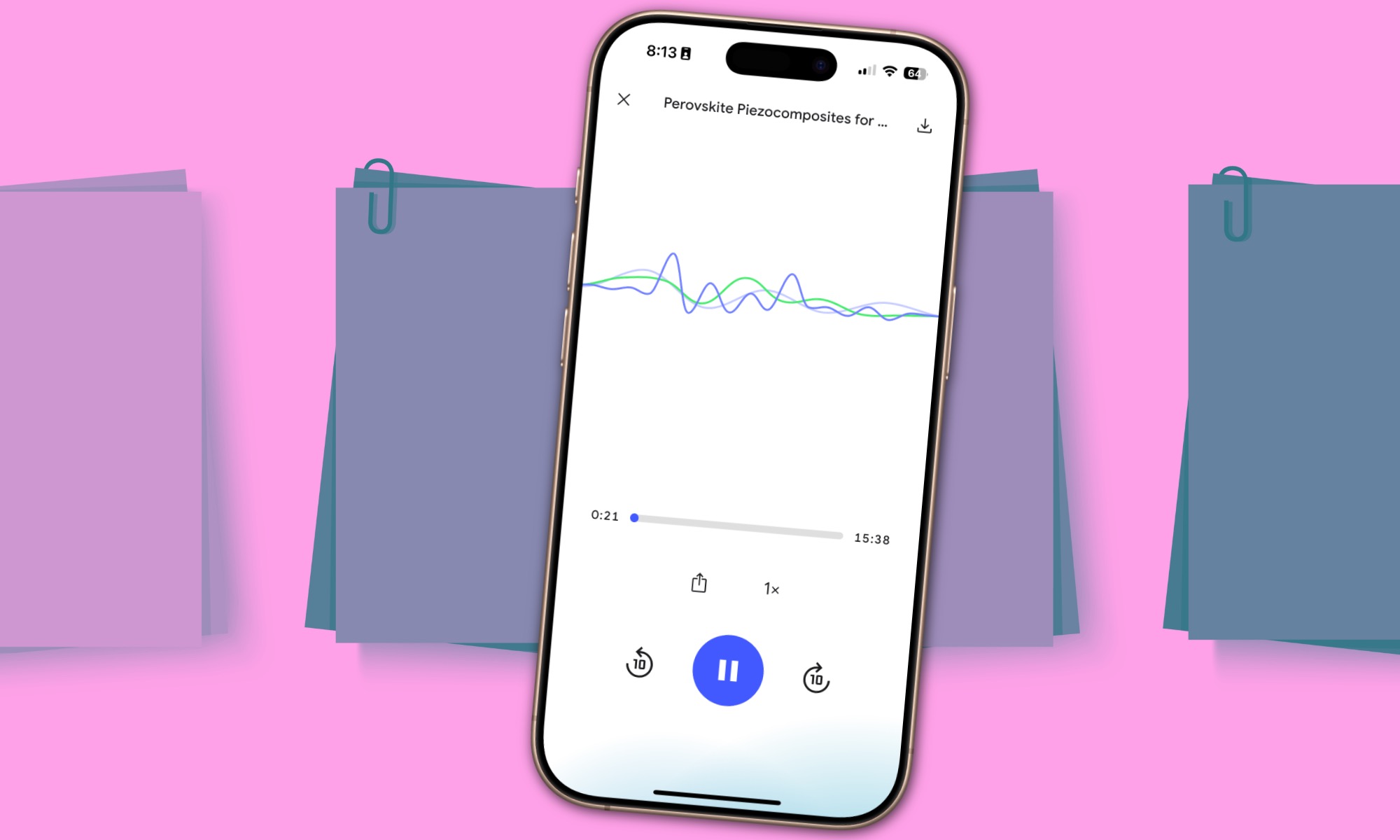 Listening to an AI-generated podcast within the NotebookLM app on an iPhone, with on-screen controls and text related to the discussion.
Listening to an AI-generated podcast within the NotebookLM app on an iPhone, with on-screen controls and text related to the discussion.
Second, you’re not burdened with the trust conundrum that often comes with interacting with an AI, which sometimes has a habit of confidently spewing garbage, like suggesting putting glue on a pizza recipe. Look, there is no denying that the internet as we know it has quickly become a dumping ground for AI slop. Google itself is partly to blame for this. Features like AI Overviews and AI Search Mode still struggle with summarizing accurately or even getting basic facts wrong from time to time.
Likewise, YouTube and other social media platforms are increasingly getting bombarded with AI-generated clips filled with unverified claims and downright misleading information. The likes of Spotify and Amazon have also loosened their stance on AI-generated content. In a nutshell, the fact-checking burden often falls on you, the user. The podcasts generated by NotebookLM elegantly avoid that dilemma. What you hear from the hosts is purely what you supplied them in the first place: peer-reviewed research papers, YouTube videos from credible sources, well-written articles, or your own musings (grammatical errors and all).
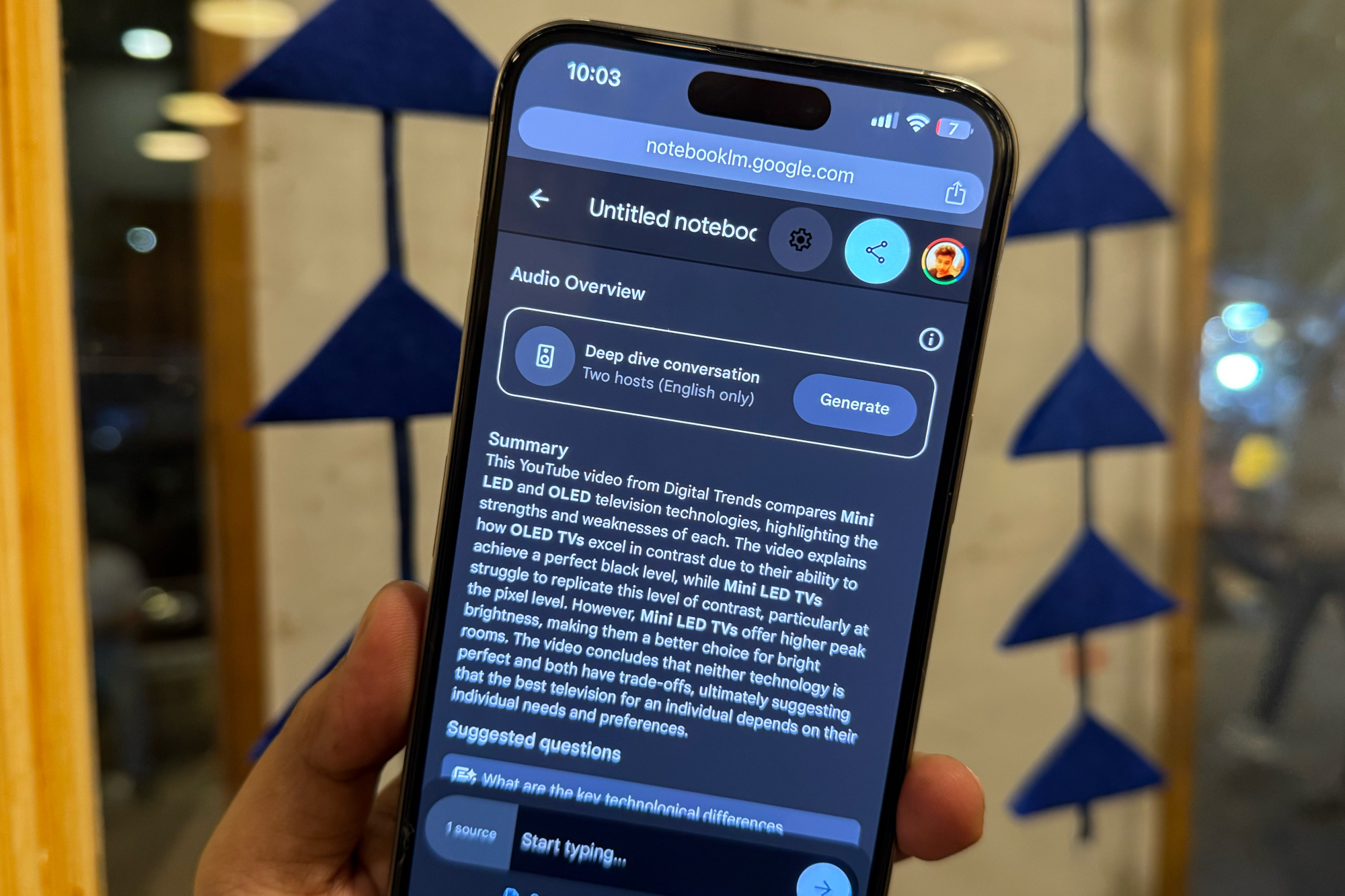 A person holding a smartphone displaying the Google NotebookLM interface, symbolizing interactive learning and on-demand knowledge access through the app.
A person holding a smartphone displaying the Google NotebookLM interface, symbolizing interactive learning and on-demand knowledge access through the app.
Now, the scientific community is somewhat divided on whether listening is definitively better than seeing for absorbing knowledge. A linguistics expert and educator I consulted mentioned that a hybrid learning approach is often more effective. Since it engages more of our senses, the learning process can be slightly more immersive and less drab. Of course, one can’t discount the power of creative persuasion when it comes to learning complex topics. To that end, being able to stop the podcast host and ask them in-depth questions really comes in handy. And when these questions are answered specifically in the context of your supplied material, instead of an AI opaquely summarizing information from the vast web, you can be confident that the answers are reliable.
Why NotebookLM Deserves a Spot on Your Phone
NotebookLM is what I would confidently call the future of note-taking and personal knowledge management. It’s an app that essentially turns your notes (and all the diverse material you have collected) into an interactive format. Imagine a format where you can have a back-and-forth chat with an intelligent answering machine that has ingested all the knowledge you have personally supplied and vetted.
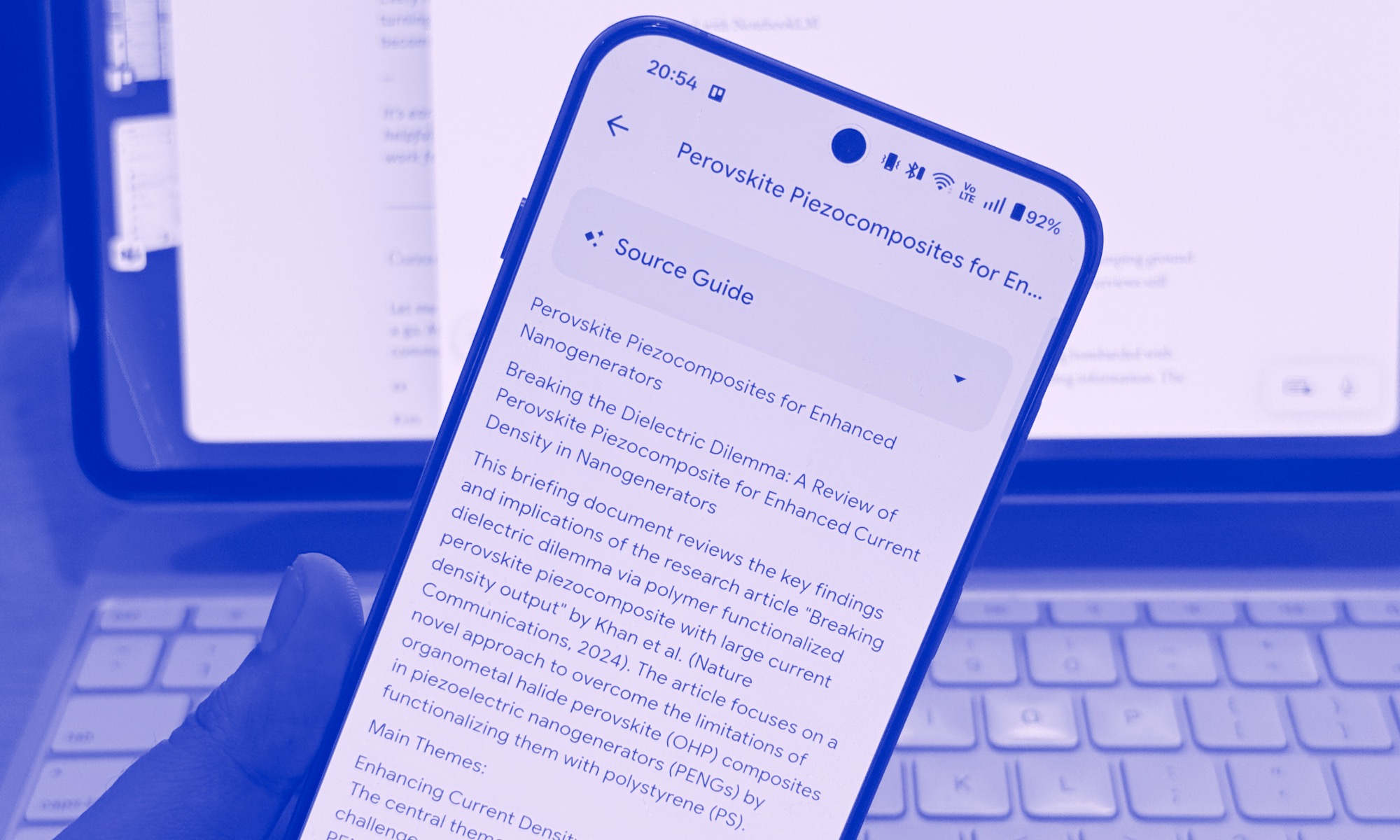 The NotebookLM app running smoothly on an Android phone, highlighting its cross-platform availability for AI-powered note-taking and organization.
The NotebookLM app running smoothly on an Android phone, highlighting its cross-platform availability for AI-powered note-taking and organization.
It goes a step further and then turns this information into an engaging podcast where even the most technical papers are transformed into a fun, two-person audio conversation. You get the flexibility of turning all your reading material into a variety of formats, ready for sharing or personal consumption. I particularly like creating FAQs from my research, and NotebookLM gets that done with a single tap (via the web interface, accessible on mobile).
The only real miss right now is the feature disparity in the dedicated mobile app compared to the web version. I’m not entirely sure why that’s the case. Technically, NotebookLM’s mobile browser version provides all you need, but using a dedicated app often feels smoother and involves less friction. Yes, you can create a web app shortcut on your phone with equal ease and get over most of these limitations.
Google says NotebookLM has found significant traction among students, and I can certainly vouch for that from my own household. But I reckon if your phone is ready for all that on-device Gemini Nano pizzazz we’re hearing about, you should have access to the full power of NotebookLM natively. Based on what I saw at Google’s I/O this year, that comprehensive mobile experience could happen very soon. Until then, even with its current mobile app offerings and web-based completeness, the NotebookLM app is a powerful tool that genuinely deserves a place on your phone.





